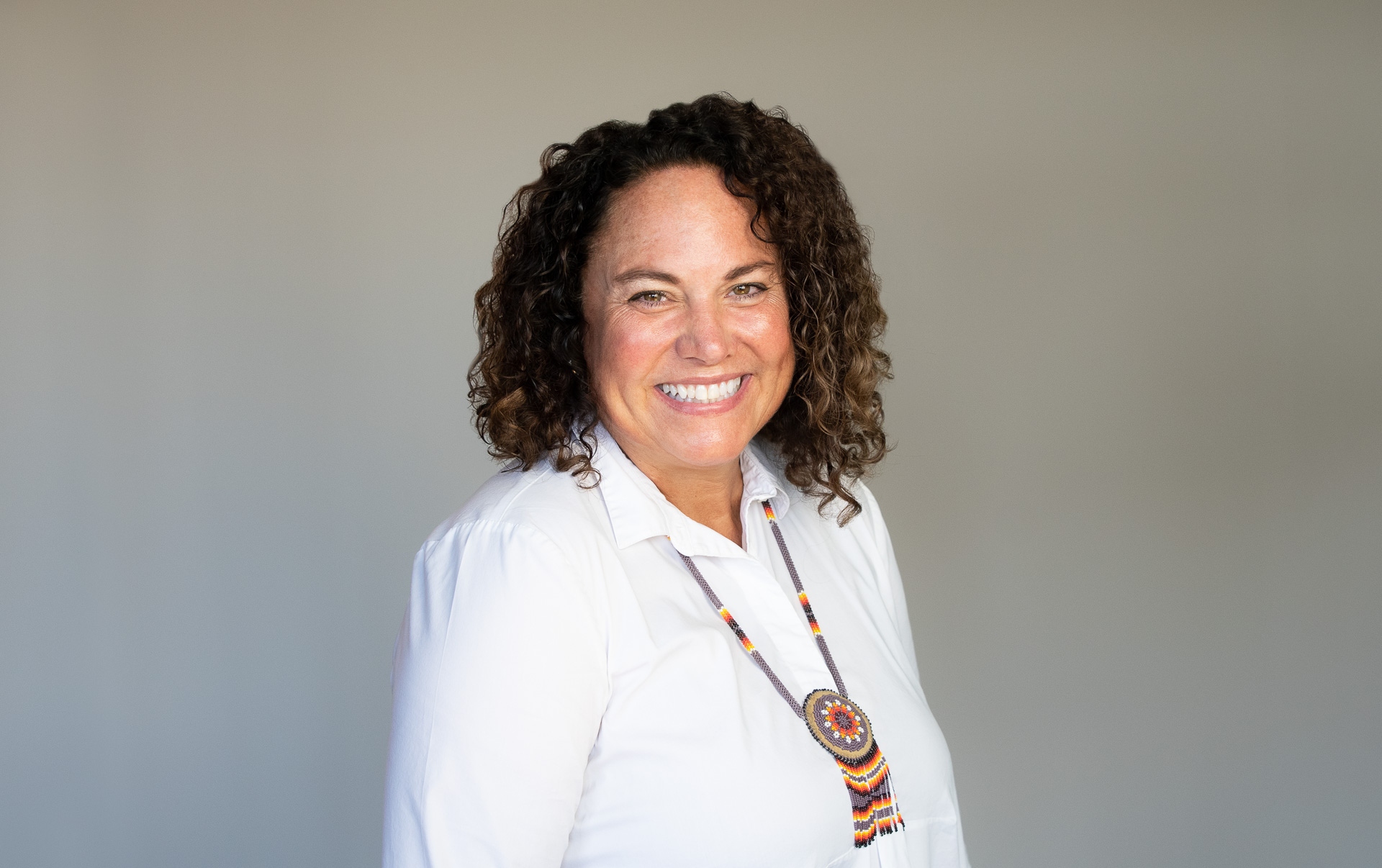The first two years: Disaster recovery for Native American and Tribal communities

Two years can go by amazingly quick and at a snail’s pace simultaneously. I’ve spent the last two years creating and piloting a program that should have had me on the road more often than not. However, the pandemic limited my ability to travel, while reservation communities faced an additional layer of challenges.
Regardless, with a lot of grace, patience and persistence, the Center for Disaster Philanthropy (CDP) just completed a two-year pilot grant that launched the Native American and Tribal Communities Recovery Program. I recently reflected on the last two years. These reflections culminated in a new report on the program.
The common themes throughout the two years of work were:
- The pre-existing and layered conditions in Native communities that are exacerbated from weather-related disasters and/or COVID-19.
- The complexity of tribal governance and relationships.
- The ongoing impact of the pandemic.
- The need for building solid relationships.
- Working in partnership and providing hope to communities that feel forgotten.
Two years, $750,000 in Native-led grants
Eight grants totaling $750,000 were awarded to Native-led organizations. Also, technical assistance was provided with the goal of increasing local disaster recovery capacity. The highlights of the work our grantee partners achieved include:
Tree of Life Ministries (Fiscal Agent)/White Swan Community LTRG (Yankton Sioux Tribe) created a long-term recovery committee, hired local leadership, hired and trained a local case manager, provided training and supplies for mold remediation, raised additional funds for foundation and wall repair and appliance replacements, and set up an office in the community center for recovery from 2019 flooding.
Lakota Nation Disaster Resiliency (Oglala Sioux Tribe) Pine Ridge worked on capacity building for the long-term recovery group (LTRG) and their local leader including grant writing and nonprofit leadership training, provided COVID response assistance, and facilitated work and managed volunteers on the new volunteer center/Emergency Operations Center (EOC) building.
Mennonite Disaster Service provided volunteer and contracted workers to complete the Pine Ridge volunteer center/EOC building (to create space for teams of volunteers to stay when volunteering or working following disasters).
Four Bands Community Fund, Inc. (Fiscal Agent)/Cheyenne River LTRG established an LTRG and is working toward hiring local staff, completing a needs assessment and providing case management following a winter storm and flooding of 2019.
Great Plains Tribal Chairmen’s Health Board, Rapid City, South Dakota, stood up an Emergency Operations Center for COVID-19 and other disasters, supported with supply chains for needed items and food.
Partnership with Native Americans quickly accessed food and supplies to provide emergency food and supply distribution for elders at the onset of COVID-19.
Wambli Ska Society (Urban Natives of Rapid City, South Dakota) led the Native community within Rapid City in COVID-19 response and recovery. They distributed emergency food and supplies, created a food pantry, provided youth support, offered spiritual activities and ceremonies, and set up an emergency shelter.
Boys and Girls Club of Leech Lake Area, Leech Lake Band, Minneosta, is working on recovery from COVID-19 focusing on resilience, wellness and improved mental health of youth. They have provided training to staff and therapeutic art and animal therapy to children and will provide additional training and tools to staff and children.
Recommendations from learnings
We are often asked, “How can we work with (or better work with) tribes and Native communities?” The following are some lessons we’ve learned and practiced over the last two years:
- Build relationships and trust.
- Work in relation with partners.
- Invest in local, Native-led organizations and individuals.
- Use varied and preferred ways of communicating with grantee partners.
- Understand pre-disaster and layered community challenges.
- Be aware of complexity of Native governance and tribal relations.
- Acknowledge challenges and risks for white institutions working in Native spaces.
- Recognize challenges when considering investment in capital projects.
- Engage with critical partners.
Questions to Tackle
There are some really tough, complicated challenges that continually arise when discussing disaster recovery in Native communities. Rapid rehousing and housing following disasters are challenges that need more exploration. Also, increasing and improving resources and sharing disaster recovery knowledge. These are not simple issues that will need continued conversations and may necessitate convening efforts with multiple partners.
Providing hope
A common theme across the individuals and organizations CDP partnered with was a loss of hope that anyone would help their community recover. Government agencies had come and gone, and the tribe had moved onto other issues – no one was working on disaster recovery.
A Grandma (Elder) from White Swan Community on the Yankton Sioux reservation told us at an early LTRG planning meeting:
“You are bringing hope. We waited and waited. We gave up. Now we have hope.”
The Native Program works to provide hope for recovery from disaster. We work with grace for ourselves while trying to work across two cultures and doing this challenging work. We work with grace for the grantee partners and Native people that need help – help getting organized, some technical assistance and education, and funding to build local capacity to provide Native-led disaster recovery in their own communities. We look forward to the future of this program and the great work our grantee partners will do in their communities.
Learn more
If you want to further explore the first years of this program read this or contact me. The report is intended for use by this program’s funder, CDP funders, disaster funders and other organizations working with Native communities. It also provides a snapshot of accomplishments, learnings and areas that need more work. I will dig deeper and share more about the questions and topics we intend to explore in future blog posts.
